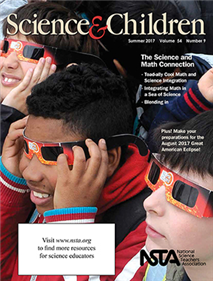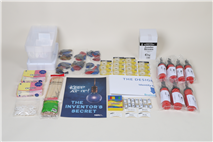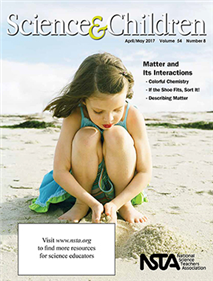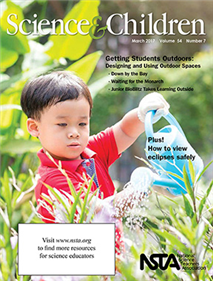All Professional Learning resources
Journal Article
Science 101: Q: How Do Self-Driving Cars Work?
This column provides background science information for elementary teachers. This month’s issue discusses the science behind self-driving cars....
Blog Post
Using the Crosscutting Concepts to Scaffold Student Thinking
At the recent NSTA National Conference in Los Angeles, three-dimensional learning was, of course, a major topic of discussion. When those discussions focus on classroom instruction, though, the crosscutting concepts are often the forgotten dimension....
By Cindy Workosky
Blog Post
Planning Three-Dimensional Instruction
Knowing that content material is most engaging when students can relate to it, I always begin my year with a student survey. The questions are designed to help me design lessons to be as student-focused as possible. Knowing my students’ interests a...
By Cindy Workosky
Blog Post
How I Came to Understand the Three Dimensions
When I first started teaching science, I taught the facts. I taught the nine planets (before Pluto got demoted; sorry, Pluto!), the steps of mitosis, and the workings of plate tectonics, for example. I was proud that I had students who could learn th...
By Cindy Workosky
Class Pack
The Inventor's Secret ClassPack: Grades 3-5
Based on the award-winning, best-selling Picture-Perfect Science Lessons series, this ClassPack pairs effortlessly with the Picture-Perfect Science "The Invetor's Secret" Grades 3-5 Lesson to combine reading comprehension, literacy, and science in yo...
NSTA Press Book
Dive In! Immersion in Science Practices for High School Students
What is it really like to plunge into the world of science learning and teaching? Find out in this unique book. Dive In! grew out of a teacher–scientist project at the University of New Hampshire that promoted active learning and using science prac...
By Karen J. Graham, Lara M. Gengarelly, Barbara A. Hopkins, Melissa A. Lombard
Journal Article
Science 101: Why Does It Take Longer to Boil Potatoes at High Altitudes?
This column provides background science information for elementary teachers. This month’s issue looks at why water boils at different temperatures at different altitudes....
Journal Article
Science 101: Does the Weather Affect Your Body?
This column provides background science information for elementary teachers. This month’s issue focuses on three major weather factors and how they affect the human body—temperature, humidity, and air pressure....






